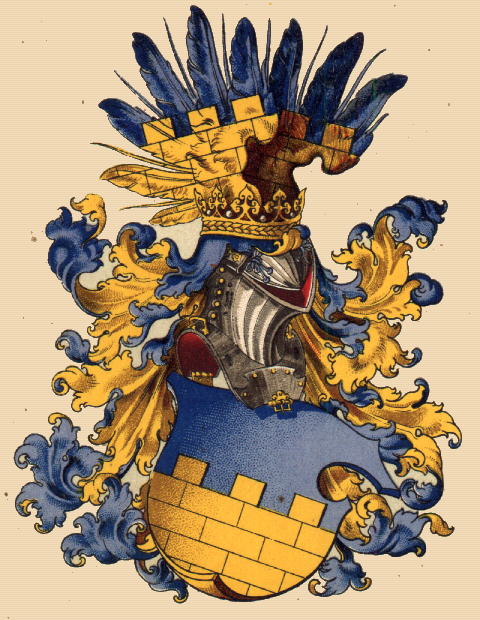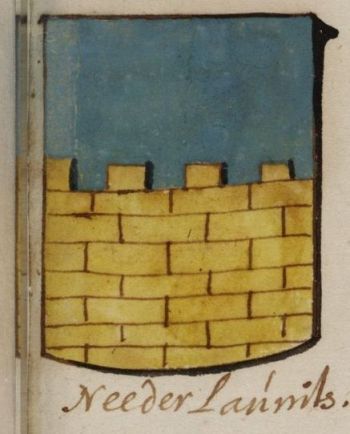County of Ober Lausitz: Difference between revisions
Knorrepoes (talk | contribs) m (Text replacement - "Markgrave" to "Margrave") |
Knorrepoes (talk | contribs) No edit summary |
||
| Line 1: | Line 1: | ||
{ | {{de}} | ||
'''COUNTY OF OBER LAUSITZ (Upper Lusatia)''' | '''COUNTY OF OBER LAUSITZ (Upper Lusatia)''' | ||
| Line 15: | Line 11: | ||
The arms are identical to the arms of the city of [[Bautzen]], which still uses the arms today. The arms are known as such since the 14<sup>th</sup> century. | The arms are identical to the arms of the city of [[Bautzen]], which still uses the arms today. The arms are known as such since the 14<sup>th</sup> century. | ||
{|align="center" | |||
|align="center"|[[File:{{PAGENAME}}.hes.jpg|350 px|center|Arms of {{PAGENAME}}]]<br/>The arms in the Wapen- en Vlaggenboek van Gerrit Hesman (1708) | |||
|} | |||
{{media}} | {{media}} | ||
| Line 21: | Line 21: | ||
[[Category:Austro-Hungarian Empire]] | [[Category:Austro-Hungarian Empire]] | ||
[[Category:German States|Ober Lausitz]] | |||
Revision as of 06:16, 5 January 2022
This page is part of the German heraldry portal Deutsche Wappensammlung |
Heraldry of the World |
|
German heraldry:
|
Selected collector's items from Germany:
|
COUNTY OF OBER LAUSITZ (Upper Lusatia)
Official blazon
Origin/meaning
The County Ober Lausitz (now in Saxony, Germany) was created in the territory of Bautzen, and became a possession of the Kings of Bohemia in 1329. In 1377 the name was changed into Duchy of Görlitz. On May 30, 1635 Ober and Nieder Lausitz were sold to the Dukes of Saxony. The Kings of Bohemia, and their successors, the Austrian Emperors, however, kept using the title of Margrave of Ober Lausitz.
The arms are identical to the arms of the city of Bautzen, which still uses the arms today. The arms are known as such since the 14th century.
The arms in the Wapen- en Vlaggenboek van Gerrit Hesman (1708) |
Contact and Support
Partners:
Your logo here ?
Contact us
© since 1995, Heraldry of the World, Ralf Hartemink 
Index of the site
Literature : Ströhl, 1890













